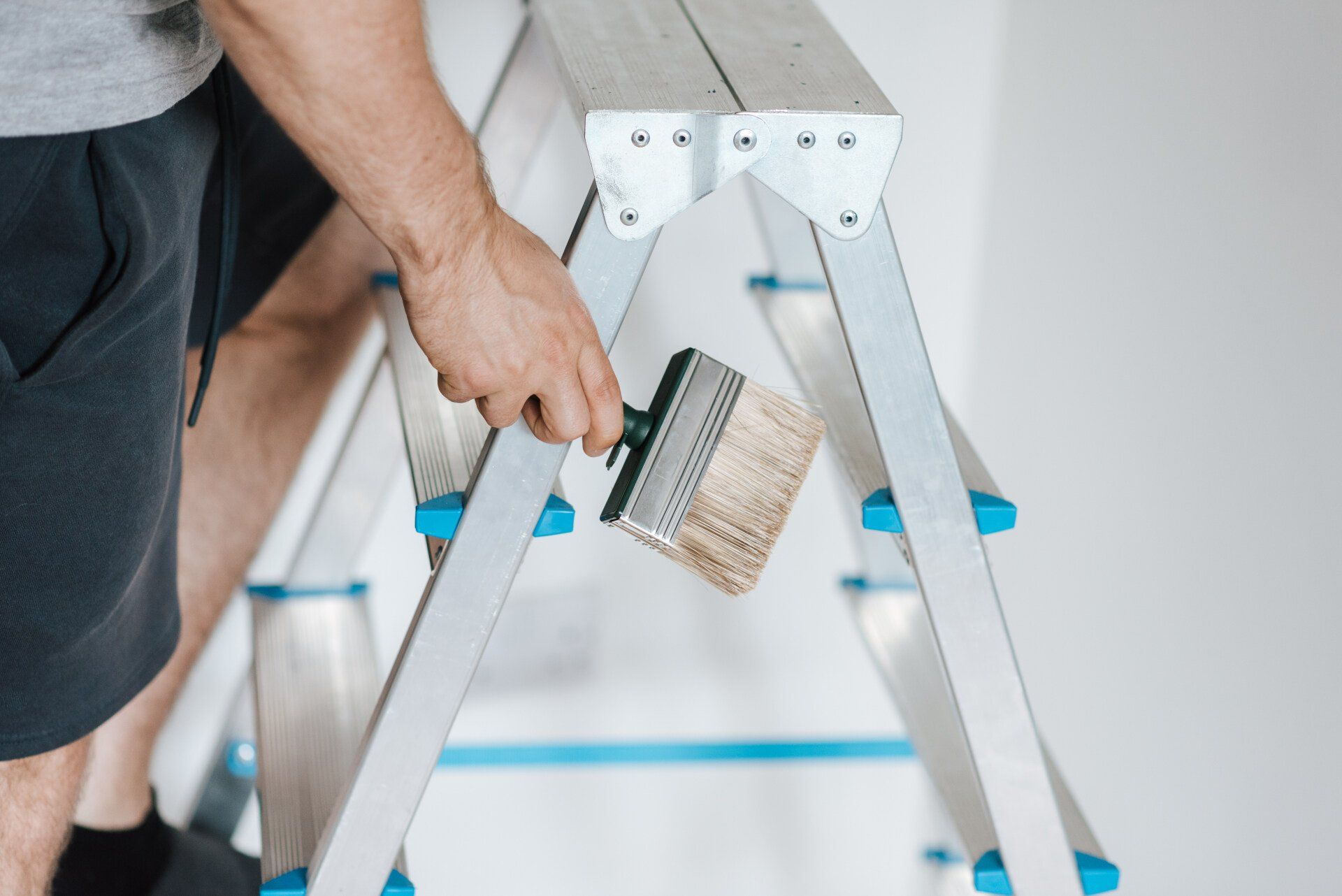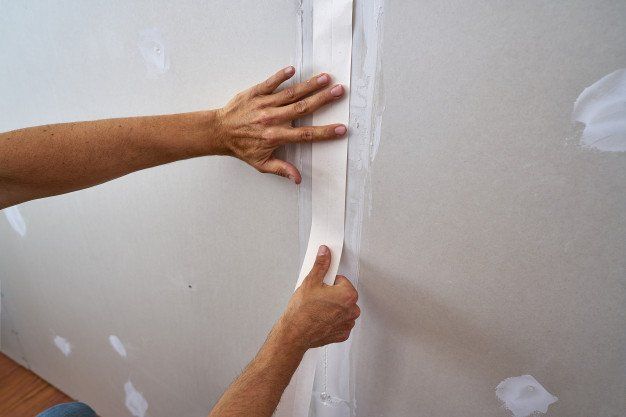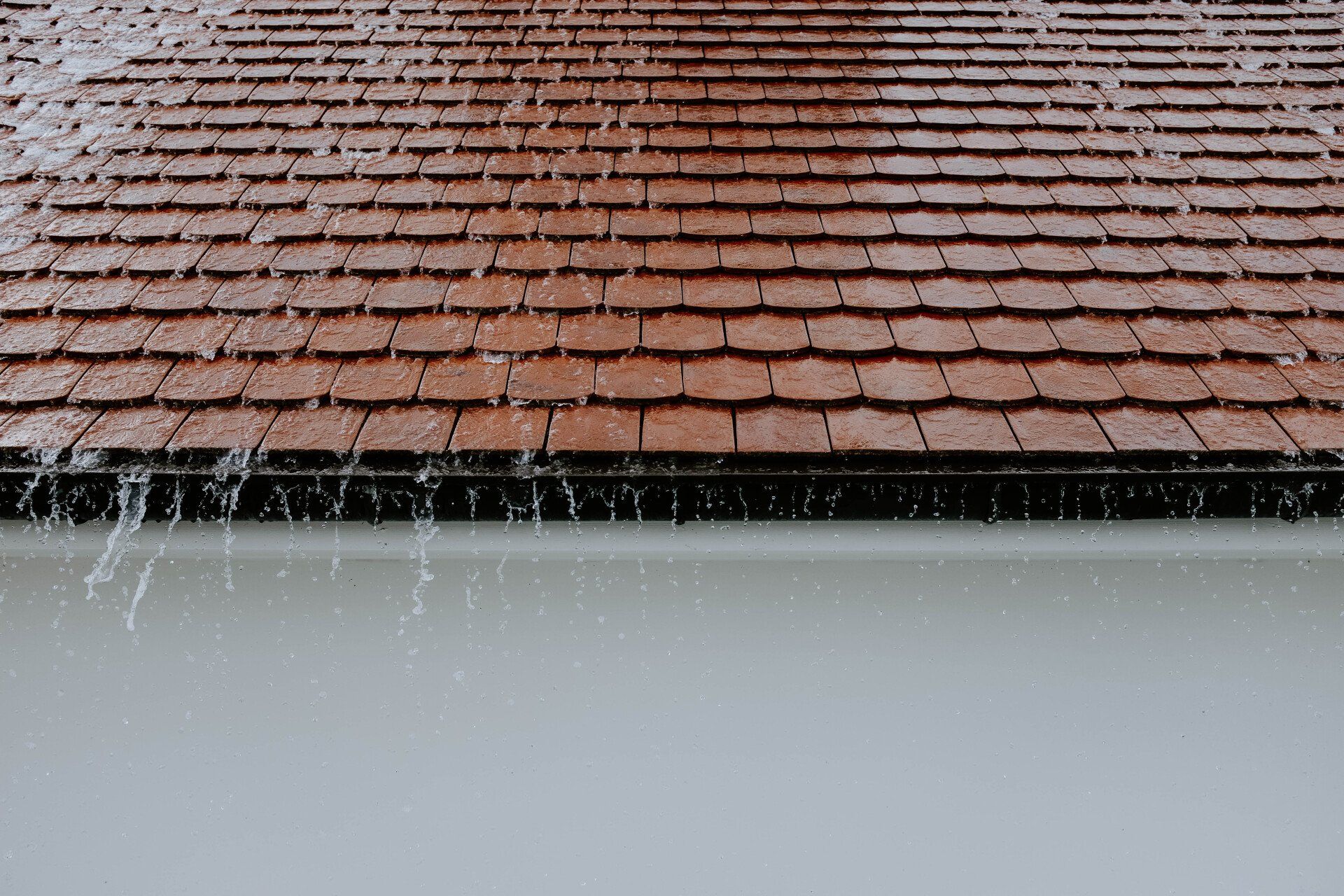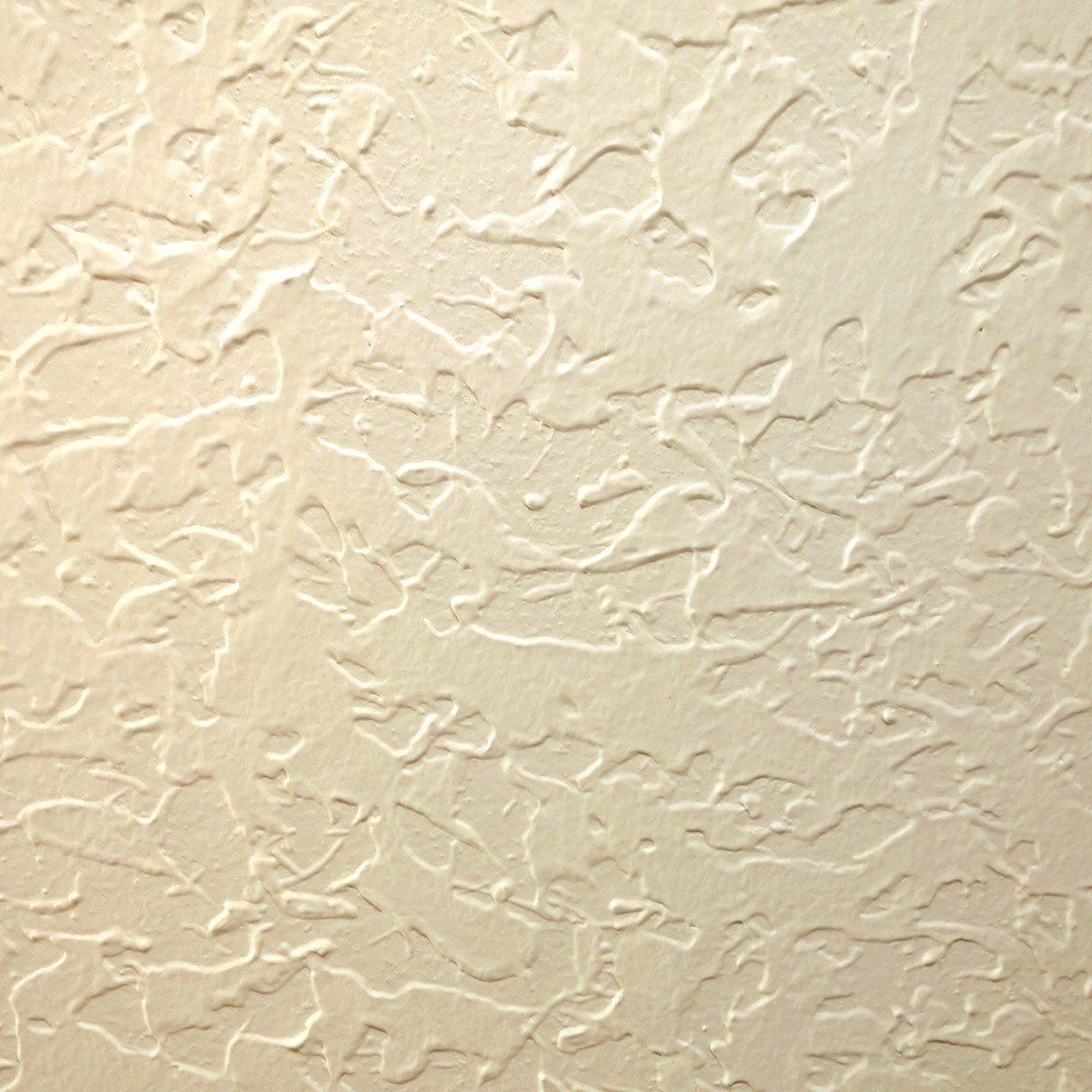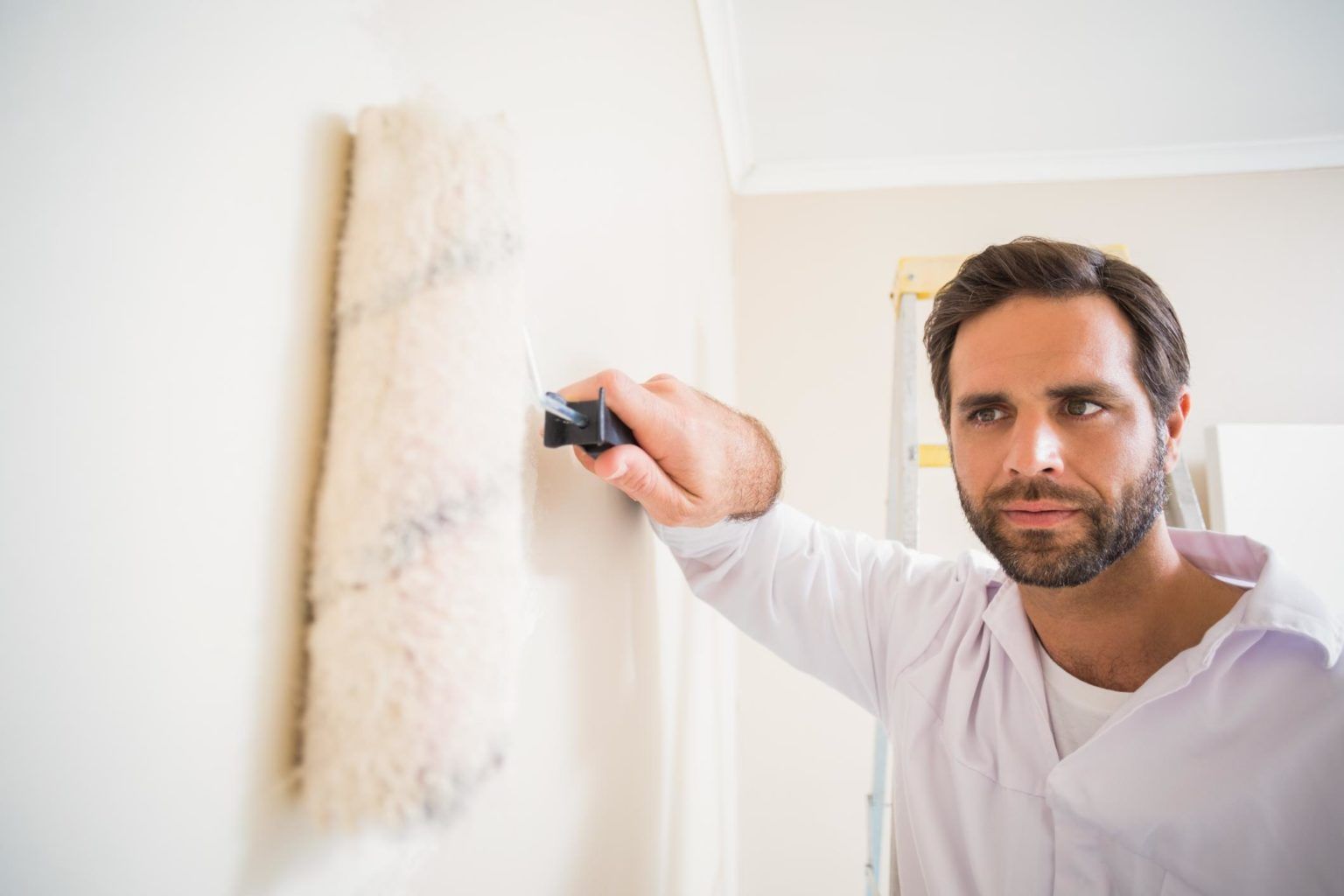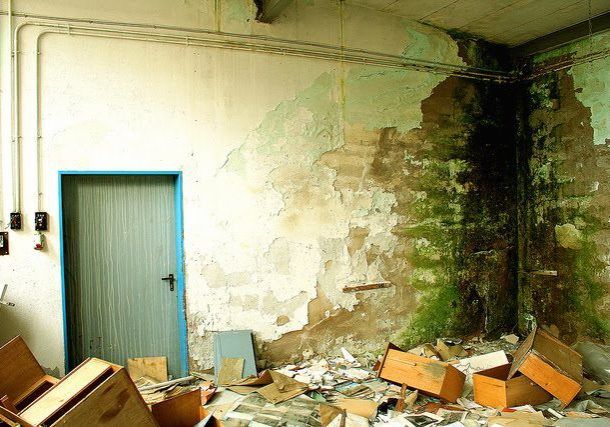Navigating the Complexities of Damage Repair Costs: A Complete Guide
Expert Insights into Damage Repair Costs and the Value of Professional Help
When it comes to maintaining a property, one of the most challenging aspects is dealing with damage, particularly when it involves water.
This kind of damage can affect various parts of a building, each requiring specific attention and expertise.
This article aims to shed light on the costs associated with repairing different types of water damage, the importance of professional help, and how to manage these situations effectively.

Understanding Ceiling and Wall Repairs
One of the most common areas affected by water damage is the ceiling. This is often due to leaks from the roof or upstairs plumbing. Many construction
mistakes can lead to ceiling water damage, including issues with joists, lath, and lath and plaster structures. In situations involving popcorn ceilings, the texture may also retain moisture, leading to mold and mildew.
The cost to repair this damage can be influenced by the extent of the water's impact, the type of ceiling material, and factors like asbestos presence which complicates removal and increases repair costs. Similarly, walls are also vulnerable to water damage, and materials such as plaster or drywall might require services from a general contractor or a drywall repair contractor.
The cost to fix damaged walls and ceilings will depend on the severity and the materials affected, including potential replacements of wood beams or metal screws. Professional assessment is crucial here, as improper handling can lead to more severe issues like mold growth or structural weaknesses, involving joists and beams.
The Specifics of Drywall Repairs
Drywall is particularly susceptible to water damage. Repairing drywall requires not just the restoration of the material itself but often repainting and texture matching, which can add to the overall expense. Repair techniques might involve joint compound, spackling paste, or patching with new drywall. Professional help is invaluable in these cases, ensuring that the repair is seamless and prevents any future issues such as mold.
Cost Factors and Professional Insight
The general cost of water damage repair isn’t just about fixing what's visible. It involves understanding the root cause of the damage and addressing it to prevent recurrence, which could be due to plumbing faults or foundation issues causing floods.
Professionals in this field can provide a thorough assessment, often identifying less obvious issues like termite damage or insufficient ventilation which could escalate if left unaddressed. The cost can vary significantly based on the damage's extent and the complexity of the necessary repairs, which could involve multiple layers of materials like lath, plaster, and paint.
The Importance of Expert Intervention
The role of professional help in
repairing water damage cannot be overstated. Experts bring not only their skills in repair but also their experience in identifying and resolving the underlying causes of damage. This might include the need for foundation repair, basement waterproofing, or tackling humidity issues in a bathroom.
This can range from simple fixes to more extensive interventions, including structural repairs or mold remediation. Their involvement can often mean the difference between a temporary fix and a long-lasting solution. Decisions on whether to repair water damage or replace damaged elements hinge on insurance coverage and the price of repairs versus replacement, underlining the importance of consulting with home insurance providers.
Enhancements and maintenance extend beyond immediate repairs, incorporating home improvement projects such as updating bathroom facilities, kitchen renovations, or exterior updates like lawn care. Utilizing a handyman for smaller tasks or consulting FAQ resources can be effective for addressing minor home improvement needs. Understanding the full scope of work, whether spreading sand for landscaping or fixing a popcorn ceiling, ensures that every foot of the home maintains its integrity and value, while preventing future pest problems.
Budgeting for Repairs
When budgeting for repairs, it’s important to consider both the immediate costs and any potential long-term expenses. This includes fees for services like those of an electrician, which may be necessary if water damage has affected electrical wiring within walls or floors. Additionally, costs like increased utility bills due to inefficiencies or potential decreases in property value should be factored in. Understanding these costs allows property owners to make informed decisions and plan financially for these eventualities.
Additional considerations include pest control measures if water damage has led to an increase in pest activity, which can further complicate repairs. Materials such as sandpaper and putty might also be required for finishing repairs, adding small but essential costs to the overall budget. Moreover, identifying and addressing issues by zip code can influence the availability and cost of local contractors, potentially affecting the total repair costs.
By incorporating these varied elements into the budget, property owners can more accurately anticipate the total expenses involved in restoring their property, ensuring all aspects of damage and repair are covered. This thorough approach helps mitigate unexpected costs and ensures that all necessary repairs, from structural fixes to cosmetic touch-ups, are accounted for in the budget.
The Bottom Line!
In conclusion, while the costs associated with repairing damage, particularly water damage, can vary greatly, being well-informed and seeking
professional help can ease the process.
Whether it’s repairing a ceiling, wall, or drywall, understanding the complexities involved and the importance of expert intervention is key to effective property management. This approach not only ensures the safety and integrity of a building but also helps maintain its value over time
Ready to work with Dallas Drywall Contractor Pros?
Let's connect! We’re here to help.
Send us a message and we’ll be in touch.
Or give us a call today at 469-908-1924
Agency Contact Form
We will get back to you as soon as possible
Please try again later
More Marketing Tips, Tricks & Tools
Dallas Texas Drywall Pros
469-908-1924


